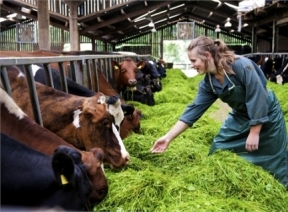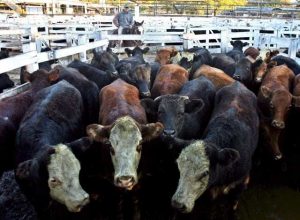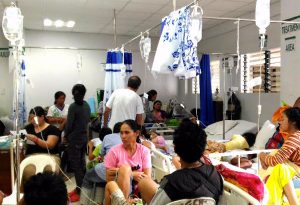Gold Medal Packing Inc., a Rome, N.Y. establishment, is recalling approximately 4,607 pounds of boneless veal products that may be contaminated with E. coli O26 and O45, the U.S. Department of Agriculture’s Food Safety and Inspection Service (FSIS) announced today.
 The veal trim and top bottom sirloin (TBS) products were produced and packaged on August 16, 2016, and October 25, 2016. The following products are subject to recall: [View Label (PDF only)]
The veal trim and top bottom sirloin (TBS) products were produced and packaged on August 16, 2016, and October 25, 2016. The following products are subject to recall: [View Label (PDF only)]
60-lb. boxes containing “BONELESS VEAL”.
2,387-lb. bin containing “TBS”.
The products subject to recall bear establishment number “EST. 17965” inside the USDA mark of inspection. The “BONELESS VEAL” items were shipped to a warehouse in California and the “TBS” items were shipped to distributor locations in Pennsylvania.
The problem was discovered during routine sample testing. There have been no confirmed reports of illness or adverse reactions due to consumption of these products.
Many clinical laboratories do not test for non-O157 Shiga toxin-producing E. coli (STEC), such as STEC O26 or O45, because they are harder to identify than STEC O157. People can become ill from STECs 2–8 days (average of 3–4 days) after consuming the organism. Most people infected with STEC O26 or O45 develop diarrhea (often bloody), and vomiting. Some illnesses last longer and can be more severe. Infection is usually diagnosed by testing of a stool sample. Vigorous rehydration and other supportive care is the usual treatment; antibiotic treatment is generally not recommended.









